Non-invasive imaging of in-ground structures
Sellafield Ltd is seeking technologies and approaches to identify the presence and composition of subsurface structures in the vicinity of buildings on the Sellafield site.
Like many industrial sites of its age, Sellafield has a complex history of site use including the addition and removal of buildings over an extended period of time. This has resulted in a legacy of redundant physical forms both above and below ground level. This challenge is focussed on emerging technologies and techniques that can produce a 3D image/model of structures beneath ground, in particular around legacy waste storage facilities such as the Magnox Swarf Storage Silos (MSSS).
CHALLENGE AIMS
Sellafield Ltd are looking for a solution to provide a 3D image/model of the subsurface around buildings where as-built records may not be as comprehensive as desired.
It is anticipated that successful solution providers should be able to provide a desk study to demonstrate the feasibility of a non-invasive technique.
Sellafield Ltd are interested in emerging technologies and techniques such as muon tomography, quantum hall sensing and quantum micro gravity. Please note that the scope of this challenge is not restricted to making use of these specific examples.
It may be possible to deploy a device in one of the blind tubes, within the wider Sellafield blind-tube network, for a number of weeks before moving it to another in order to build up information and potentially stitch together surveys. It is acknowledged that there would likely be the need to reconstruct a significant amount of information for presentation or interrogation.
A solution to this challenge would be considered to have broad applicability across the site and the mapping of buried services would provide an additional benefit.
However, there is a current imperative to gather better information in relation to a known leak from a building on the Sellafield site, which is the single biggest source of in-ground contamination. The current leak from the Magnox Swarf Storage Silo Original Building (MSSS OB) and first extension was declared in 2019. The Magnox Swarf Storage Silos (MSSS) at Sellafield comprise an Original Building constructed in 1962 and three subsequent extensions constructed between 1972 and 1982. The silos contain magnesium cladding or ‘swarf’ that was stripped from Magnox fuel prior to reprocessing and stored under a layer of cover water. The leak rate is around 2.5m3 per day from the Original Building, which is embedded in the ground by approximately 6m.
Due to the method of building construction and subsequent, poorly documented, interventions in the ground around the MSSS OB and first extension, the form of in-ground engineering is poorly constrained. There is evidence to suggest that engineering features may be influencing the migration of contamination away from the leak site, and gaining a better understanding of these features would help with developing mitigation strategies.
The Original Building goes about 6m underground. Concrete screeding to stop the collapse of excavated slopes was used during construction and these features may be influencing leak migration. The first evidence of a leak occurred when building the first extension at which time considerable excavation and backfilling was undertaken. However, only limited records of the full extent of these works are available. The construction method used changed between the first extension and second extension being built.
FIND OUT MORE
Please download the challenge statement for full details of this opportunity.
You can watch a webinar and Q&A session with the challenge owners for more information and details of how to apply.
The deadline for applications for this challenge is 4pm on Friday 26th April 2024 (revised from Friday 19th April).

